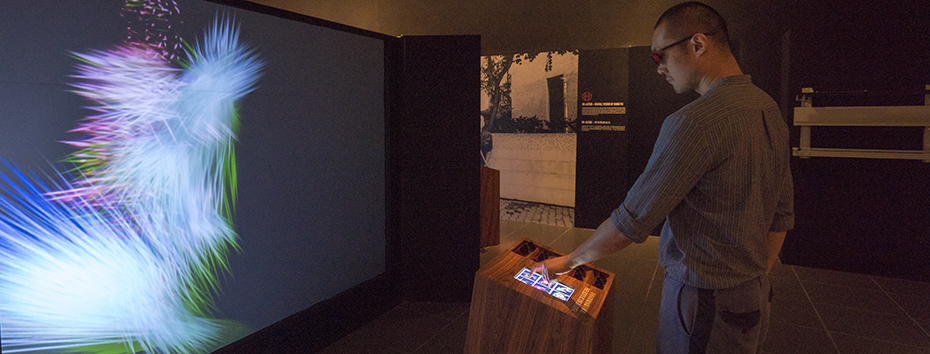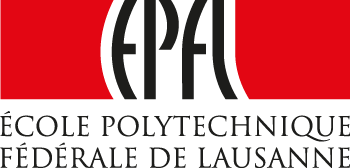
ADVENT OF DIGITAL TECHNOLOGY
Recent major advancement in digital documentation strategies include laser scanning, stereographic photography, photogrammetry, and motion capture. Cinematography and videography continue to evolve, enabling for example gigapixel resolution, high dynamic range, depth mapping and extreme slow motion. Meanwhile, new camera lens designs enable 360-degree panoramic and 720-degree spherical imaging, while the multiplication of cameras and drone mounts provides remarkable expansion of the field of view.
Motion capture is the process of recording the movement of objects or people. In filmmaking and video game development, it refers to recording the movements of human actors in order to animate digital character models for 2D or 3D computer animation. Motion capture is a ‘prosthetic’ technology that uses numerous infrared cameras to track reflective markers attached to the performer’s body so that in post-production a digital facsimile of that person’s embodied performance can be re-onstructed.
The Hong Kong Martial Arts Living Archive currently contains 19 styles by 33 elite practitioners, and is comprised of 130 motion capture datasets recorded from empty-hand and weapons-based sequences. These are taolu, pre-arranged movement sequences used for learning, practicing and performing traditional martial arts, and were initially created as mnemonic aids for students.
Importantly, taolu are considered the primary “text” for Chinese martial arts, whereby learning consists of memorizing the “text” through imitation and repetition. For the first time in history, motion capture has allowed the precise recording of these taolu, forming the largest motion-data archive of its kind in the world.
Contemporary modes of display such as interactive and immersive virtual and augmented reality platforms provide unique potential for the interpretation of digital datasets in museological contexts. The installations deployed in Kung Fu Motion use apparatus that stimulate engagement with the embodied knowledge of kung fu.
Kung Fu Motion is an operational and aesthetic strategy that sets out to overcome the relegation of vital cultural practices to a position of “past-ness” – a typical approach in ethnographic displays. By providing the circumstances for embodied knowledge transmission through platforms that return codified knowledge to the body of the visitor, the exhibition creates a space in which digital strategies can help to sustain intangible heritage despite the difficulties associated with documenting the ephemeral, codifying the tacit, and mediating the embodied.

